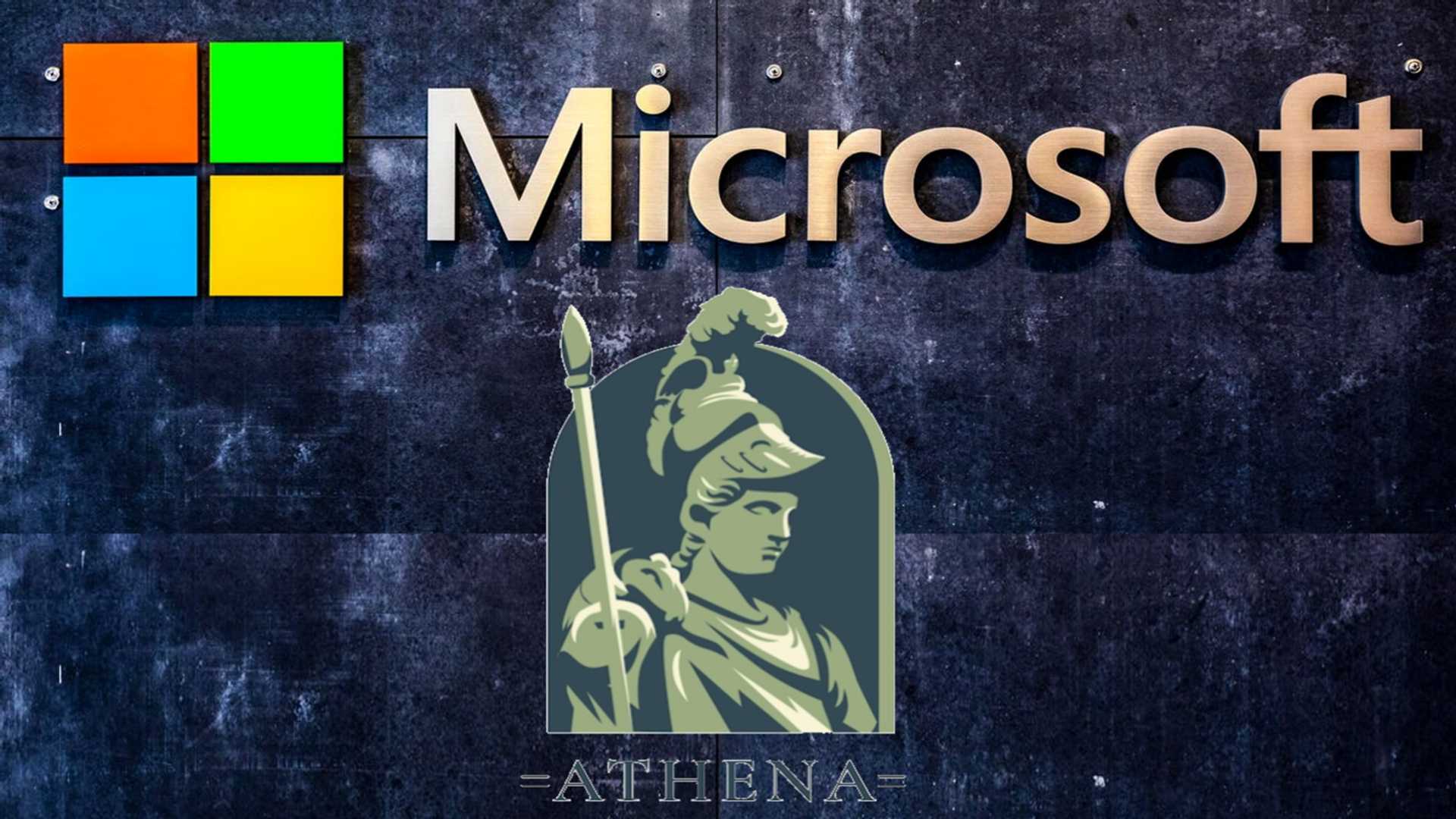Microsoft AI Chip 'Athena' Built to Boost ChatGPT and AI Tech
Microsoft Corp is reportedly developing its own AI chip, with the code name “Athena,” that will power the technology behind AI chatbots like ChatGPT. The primary reason for Microsoft's foray into chip-making is to reduce costs. Compared to Nvidia, the leading producer of GPUs for the AI industry, Athena could potentially slash costs by a third.
The Athena project began in 2019 and the chips are presently being tested by a small group of Microsoft and OpenAI employees. However, it remains unclear if and when Microsoft plans to launch the chip commercially.
Training large language models (LLMs) like GPT-3 is expensive. It costs around USD 4 million to train GPT-3 and OpenAI spends roughly USD 3 million per month to maintain ChatGPT. GPUs used to run these models also come with a hefty price tag. Microsoft reportedly utilizes tens of thousands of Nvidia’s H100 and A100 data center GPUs.
By building chips in-house, Microsoft aims to reduce its reliance on Nvidia, design chips and their architecture, and compatibility as per its own needs. Reportedly, Microsoft has designed Athena to train and run its artificial intelligence models.
Given Microsoft's plans to introduce AI-powered features in Bing, Office 365, and GitHub, the transition to in-house AI chips could be advantageous for the company in terms of cost. By addressing the high costs associated with AI model training and deployment, Microsoft aims to leverage the success of AI-powered chatbots like ChatGPT and gain an edge in the industry.
Microsoft's development of its own AI chip, Athena, signifies the company’s commitment to staying competitive in the AI market. By capitalizing on its partnership with OpenAI, Microsoft aims to grab market share from Google. The transition to in-house AI chips could be advantageous for the company in terms of cost, since it aims to introduce AI-powered features in Bing, Office 365, and GitHub.




















